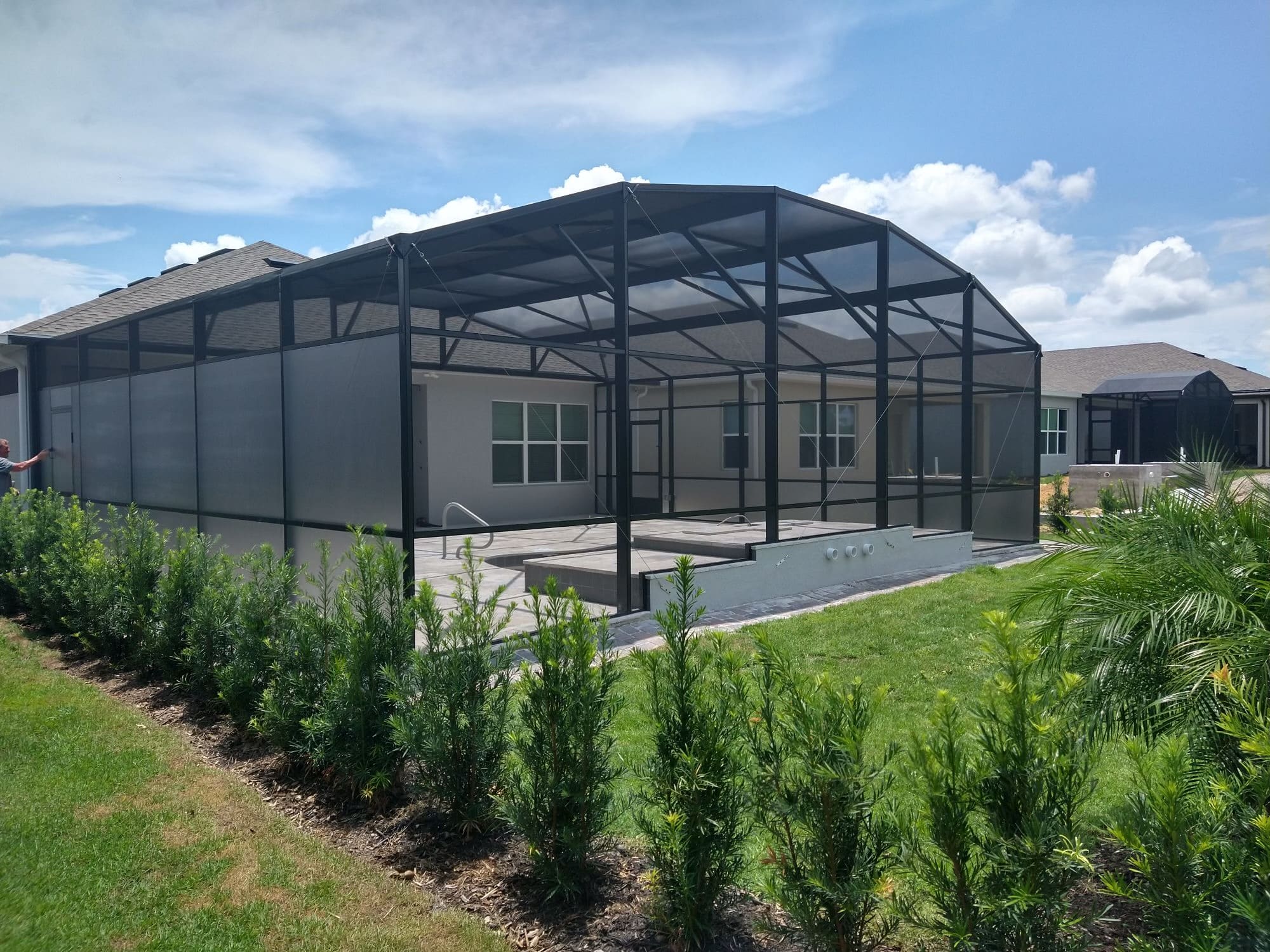Lately, screened enclosures have emerged as a popular enhancement to numerous residences, offering a flexible way to appreciate the outdoors free from the nuisances of insects and mess. Featuring a variety of looks and features, these structures can convert a simple patio, pool area, or terrace into a serene retreat that allows homeowners to delight in clean air and daylight. Yet, before the construction of a screen enclosure, there are numerous important factors to think about to guarantee it meets your needs and wants.
From grasping how these structures work and the different types available, to examining their positive aspects and potential challenges, this manual is crafted to provide you with all the insight you need. Whether you are looking to improve your exterior area, protect a pool, or just create a protected space for rest, we will discuss everything essential to help you make informed decisions about this type of enclosure.
Comprehending Screened Enclosures
These structures are specialized constructions designed to establish a shield around al fresco environments, including patios and pools. These enclosures are usually made of a support of vinyl and are fitted with mesh barriers that prevent bugs and dirt while permitting ventilation and natural light. The main function of a screen enclosure is to increase the usability of al fresco zones, providing a pleasant space for leisure and enjoyment without the bother of bugs or intense sunlight.
The way screen enclosures work is very easy. The meshes are attached within the framework, effectively creating a shielded environment that still remains open and airy. This allows homeowners to savor outdoor living year-round, regardless of the invasion of bugs or climatic conditions like leaves and rain. They are particularly popular in warm climates where outdoor living is a important part of life, delivering both comfort and protection.
In addition to their functional benefits, screen enclosures can significantly improve a property’s aesthetic appeal. With multiple design options offered, residents can select from a selection of hues, styles, and materials to suit their home’s style and personal taste. With the right design, a screen enclosure can smoothly blend into the pre-existing outdoor design, contributing significance and appeal to the property while making the outdoor area more practical and enjoyable.
Benefits and Comparisons
Screens offer a variety of advantages that enhance outdoor living spaces. Firstly, they provide superb protection from insects and dirt, allowing homeowners to savor their patios and pools without the nuisance of pests. Moreover, they create a covered area that can help reduce heat exposure while still allowing natural light to shine through. This equilibrium promotes a comfortable outdoor environment that can be relished year-round.
When comparing screen enclosures to open patios, there are several elements to consider. Open patios offer an unobstructed view and a more authentic feel, but they leave property owners vulnerable to the environment, including weather changes and pests. Screen enclosures, on the other hand, maintain a level of openness while providing the benefits of protection and privacy. This makes them a more versatile option for households looking to enhance their outdoor space while minimizing discomfort.
Moreover, the substances and design options available for screen enclosures can substantially contribute to their charm. Property owners can select from a range of styles, colors, and finishes that match their existing architecture. This adaptability allows for personalized outdoor spaces adapted to individual tastes and needs. With the right design, a screen enclosure can not only provide functional benefits but also enhance the overall aesthetic value of a home.
Installation and Maintenance Advice

As considering the establishment of a screen enclosure, it is crucial to ensure that the foundation is solid and level. Begin by picking https://mcgowanscreening.com/ that makes the most of your outdoor space while providing adequate protection from the elements. In addition, check local building codes and permit requirements to prevent future complications. If DIY is your plan, collect all necessary tools and materials before initiating the process. For more intricate installations, hiring a professional can save you time and ensure a quality build.
Upkeep is vital for extending the lifespan of your screen enclosure. Regularly inspect the framework and screens for any signs of wear or damage. Cleaning the screens with mild soap and water can maintain visibility and airflow, while checking the frame for rust or corrosion ensures strength. If you notice any screens that are ripped or damaged, addressing these issues swiftly can prevent further deterioration and enhance the enclosure’s overall appearance.
Routine maintenance is also necessary, particularly in regions with severe weather. Protecting your screen enclosure by removing loose debris and checking for any gaps can protect it from harsh conditions. When the warmer months arrive, consider adding lighting features or plants to enhance the atmosphere. By spending time to care for your enclosure, you can enjoy your outdoor space throughout the year and ensure that it remains a valuable part of your home of your home.
